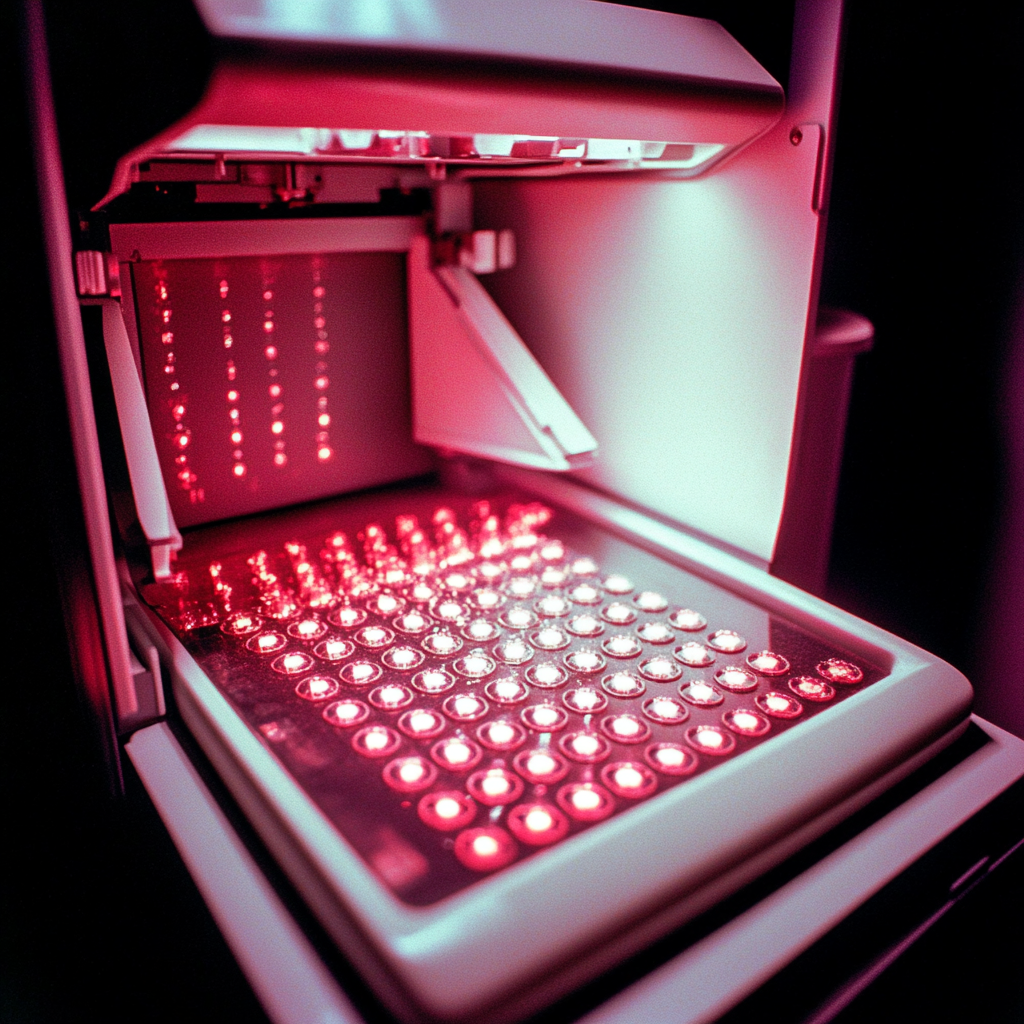Clinical Trials
Category Added in a WPeMatico Campaign
-

Long-term efficacy of chlorhexidine-containing cutaneous dressings on ventriculostomy-related infection: a 10-year before-and-after study
CONCLUSIONS: The occurrence of EVDAIs was significantly reduced when using additional CHX dressings (8%), compared to silver-coated EVDs alone (19%), without extending antibiotic prophylaxis or using antibiotic-impregnated catheters as a valid alternative in terms of antibiotic stewardship. This finding should encourage the neurosurgical community to generate more awareness in using and evaluating postoperative measures that…
-

Safety outcomes among infants whose mothers used the dapivirine vaginal ring or oral PrEP during pregnancy (MTN-042/DELIVER): a randomised phase 3b study
BACKGROUND: HIV acquisition risk during pregnancy remains high and additional data supporting pre-exposure prophylaxis (PrEP) in pregnancy are needed. The aim of the MTN-042/DELIVER study was to evaluate the dapivirine vaginal ring (DVR) and daily oral tenofovir disoproxil fumarate plus emtricitabine use as PrEP during pregnancy. We report infant outcomes following confirmed in-utero exposure.
-

The effect of education with WhatsApp application on women’s health beliefs, self-efficacy levels, and regular mammography behavior: a randomized controlled experimental trial
CONCLUSION: Health Belief Model-based education delivered via WhatsApp positively affected women’s health beliefs and mammography behaviors, demonstrating the effectiveness of education delivered through digital platforms.
-

Poor health-related quality of life despite Lupus Low Disease Activity State or Definitions of Remission in systemic lupus erythematosus (SLE) remission in patients with SLE: results from a clinical trial setting
CONCLUSIONS: Despite LLDAS or DORIS remission, notable proportions of SLE patients report poor HRQoL, indicating that current therapeutic goal definitions do not fully capture patients’ perspectives of health.
-

Feasibility and Acceptability of a mHealth Patient Navigation Intervention to Increase Pre-Exposure Prophylaxis Uptake in Racially and Ethnically Diverse Sexual and Gender Minority Youth in Los Angeles (PrEPresent): Pilot Randomized Controlled Trial
CONCLUSIONS: PrEPresent met primary outcome measures of feasibility and acceptability. Despite this, PrEP uptake was low, and use of the platform was low compared to other HealthMpowerment projects. While mHealth offers promising HIV prevention outcomes, fostering active app engagement is crucial in promoting behavior change. Mixed success in initiating PrEP uptake across mHealth interventions involving…
-

Health effects of street vended fresh cut fruits: A randomized controlled trial in Bangladesh
Foodborne infections, particularly from street-vended fresh-cut fruits, are a growing public health concern in urban settings of developing countries. This study evaluated the gastrointestinal effects of consuming street-vended fruits in a randomized controlled trial (RCT) in Mymensingh, Bangladesh. A total of 300 participants were recruited and randomized into Treatment (n = 150) and Control (n…
-

High Loss of Adipose Tissue During Neoadjuvant Chemotherapy Predicts Poor Prognosis in Patients With Gastric Cancer
CONCLUSION: In this RCT study, patients with GC experience significant losses of muscle and adipose tissue during NAC. A high level of adipose tissue or muscle loss during NAC is prognostic of reduced survival in patients with locally advanced GC. Assessing and monitoring body composition can predict prognosis and effectively guide individual nutrition intervention and…
-

Abemaciclib plus abiraterone in patients with metastatic castration-resistant prostate cancer (CYCLONE 2): a randomised, double-blind, placebo-controlled, phase 3 trial
BACKGROUND: Abemaciclib, a potent CDK4 and CDK6 inhibitor, has shown antitumour activity in prostate cancer models and in patients with metastatic castration-resistant prostate cancer (mCRPC) who have been heavily treated. We aimed to evaluate the safety and efficacy of abemaciclib in combination with abiraterone in patients with mCRPC.
-

A randomized controlled trial of electronic balance assistant combined with pharmacotherapy for vestibular rehabilitation in patients with acute peripheral vestibular injury
Objective: To evaluate the effect of an electronic balance aid in balance rehabilitation training for patients with acute peripheral vestibular injury by comparing the outcomes of medication-only treatment and medication combined with vestibular rehabilitation using an electronic balance aid. Methods: This was a randomized controlled trial. The study subjects included 98 patients (40 males and…
-

Patritumab deruxtecan (HER3-DXd) in patients with active brain metastases of breast cancer (TUXEDO-3): a multicentre, single-arm, phase 2 trial
BACKGROUND: Patritumab deruxtecan (HER3-DXd) is a novel antibody-drug conjugate targeting HER3, which is overexpressed in CNS metastases of metastatic breast cancer. We aimed to evaluate the activity and safety of HER3-DXd in patients with metastatic breast cancer and brain metastases that are newly diagnosed or progressing after local therapy.